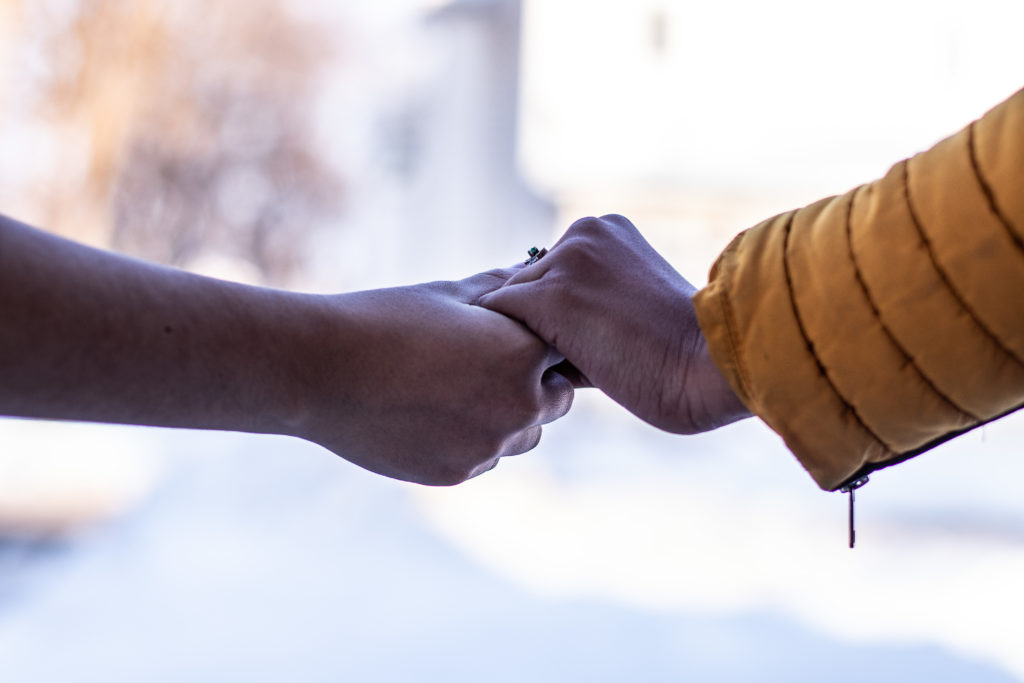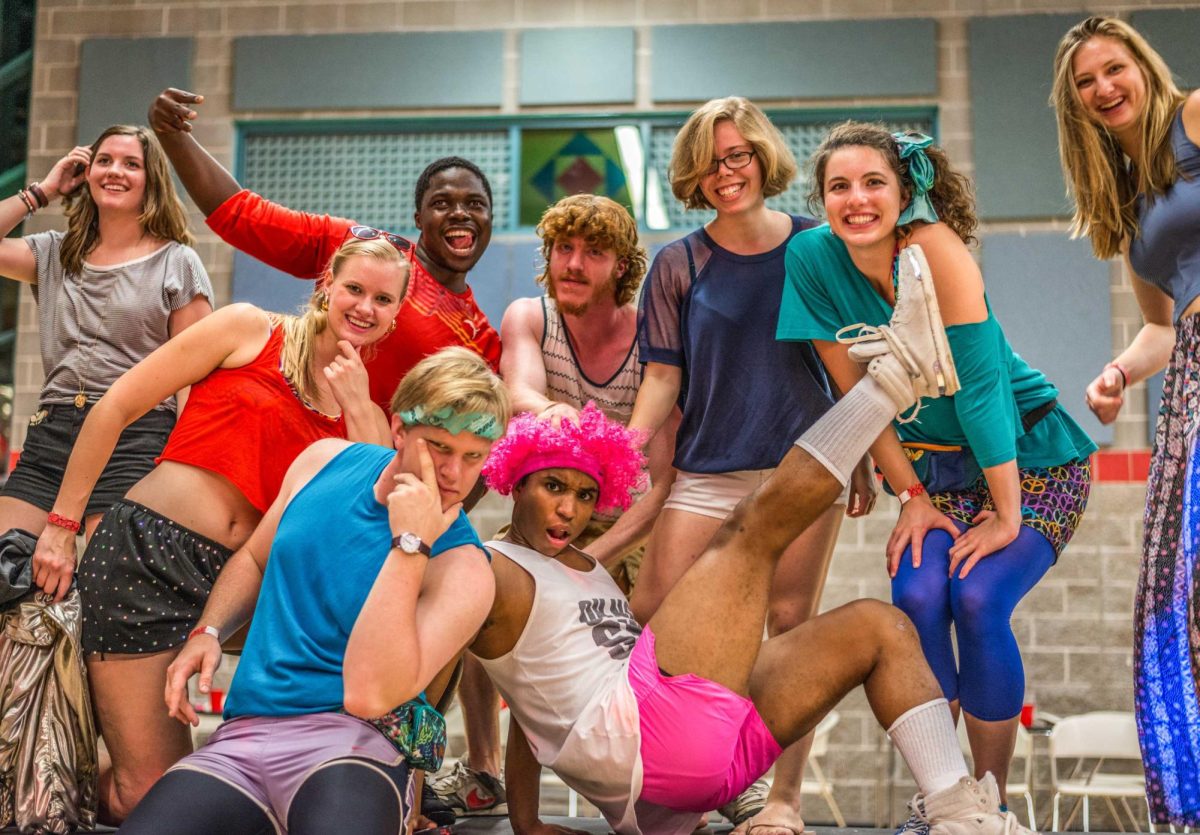By Esther Hwang
hwangest@grinnell.edu
Masculinity is a moving target, a goal that can be aimed towards in many ways in at least as many places. A liberal arts campus like Grinnell College is no exception. How masculinity is perceived is often context-dependent, and varies from person to person. The S&B asked a number of students and staff what their perception of masculinity is, and how it relates not only to everyday life, but also the social context of college life.
Thomas Zigo, a counselor at Student Health and Counseling Services (SHACS), leads a Defining Masculinity group on campus. The purpose of the group is to “allow an intentional space for folks who are man-identified (trans, cis, gender-fluid, etc.) to get together and speak about their identity-specific challenges in the university setting,” said Zigo. Defining Masculinity meets on Wednesdays from 4-5 p.m. in the SHACS center.
“My goal for the group is to challenge concepts of toxic masculinity while also allowing group members an opportunity to think critically about how they personally define and identify with masculinity. Ultimately, I would like group members to develop an understanding that masculinity should have no barriers or expectations, but rather it should be whatever feels natural and meaningful for each of us,” Zigo said.
Defining masculinity is a tough task, and Grinnell College students have a wide perspective on what the term means and what tropes are associated with its performance.
“I guess I don’t see masculinity as being this toxic thing that’s exclusive to men. I haven’t thought about how, especially in the queer community, how masculinity might play out because I don’t think it’s this inherently oppressive thing,” said Caroline Loftus ’21. “I don’t know. I have a lot of conflicting thoughts about it,” they said.
Loftus also mentioned common associations with gender expression and behavioral structures that are associated with gender.
“Going back to what it’s like to be a queer woman or woman-aligning person who performs masculinity, I don’t think it’s the fact that women are feminine that makes them [do] more emotional labor, etc. … I guess it’s an interesting distinction between gender and gender presentation,” they said.
How masculinity plays out in behavior is affected by social spaces as well, given that many spaces of community life is performative. Gil Perez ’21 spoke about the action of masculinity and how it plays out in classes at Grinnell College.
“I definitely, I see it take place in the classroom a lot, especially where discussions take place in most of the class time. Like a lot of the times when I see men using their voice, like raise it and even like body posture, sometimes they’ll like over-speak other people and just talk for longer periods of time. I think, but also things that I’ve seen taken into place, are other things like race and class and just other constructs that give some people power and disempower others,” Perez said.
For Kaleb Shah ’22, his mother taught masculinity. “I didn’t have really a strong masculine figure to look at for masculine traits, so it’s basically just seeing the people around me and what my mom would tell me was what a man was supposed to do. You know she told me once, a man never raises a hand on a woman, but you know, raising your hand on another guy is okay. Stuff like that,” he said.
Ian Donaldson ’20 spoke about the barriers around emotional expression surrounding masculinity. “I tend to rely on the women in my family for emotional support. But it’s hard because I want to talk a little bit more to [my dad] about stuff in general. But we’ve had so long of a relationship of not like coldness, but when I talk to him I associate it with like we’re planning something. Or he wants me to be safe or I’m asking to borrow something, you know? There’s not much emotion in our relationship, and it feels kind of shitty,” he said.
The concept of helping others arose often in Grinnell students’ discussions of masculinity. “Generally you have the superficial stuff that you dress a certain way, you have like facial hair, but on a deeper level I feel it’s just being strong and helping others. For me that’s what being masculine would be, just being strong enough to rise above your problems and helping others,” Shah said.
For Tyler Williams ’19, masculinity is about standing up for others in the right situations. “For me, I think masculinity means taking up for the people who have historically been disenfranchised. So I mean using your privilege, … and I’m not white myself, but I get into more spaces because I’m a black man. I mean more than like a black woman or gay people. … I’m still disenfranchised, but I mean helping out when you can because you’re a man,” he said.
Still, there is a fine line between using your privilege to help others and continuing patriarchal norms like patronizing or mansplaining.
In regards to this fine line, Jonathan Rebelsky ’20 brought up an interesting story about his high school experience. “If someone was bullying somebody I’d walk over, push them to the locker, and say, ‘Knock it off. Don’t do that.’ And that worked because I had all the social capital where the teachers would go, ‘Whatever. It’s Jonathan doing that.’ But that would be seen as toxic masculinity, right? Because I’m seen as aggressive, I’m being physically violent. At the same point, it stopped a bad situation so is it really a bad thing?” Rebelsky said.


























































